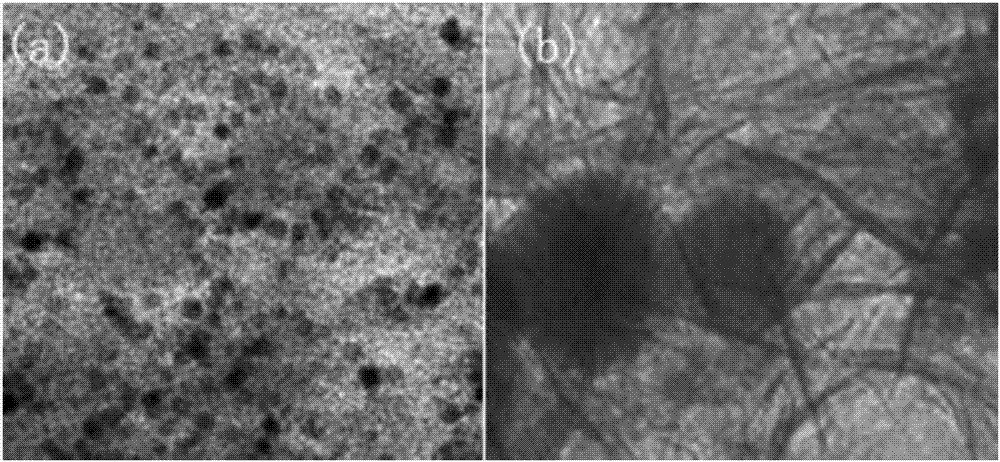Remediation method of heavy metal contaminated bottom sludge
A technology of polluted sediment and restoration methods, applied in the fields of sludge detoxification, water pollutants, sludge treatment, etc., can solve the problems of reduced utilization efficiency, limited application, oxidation, etc., to improve utilization efficiency, prevent agglomeration effect, Highly reactive effect
- Summary
- Abstract
- Description
- Claims
- Application Information
AI Technical Summary
Problems solved by technology
Method used
Image
Examples
Embodiment 1
[0025] Preparation of Chemical Stabilizer for Remediation of Heavy Metal Contaminated Sediment
[0026] (1) Preparation of solid conditioner: uniformly mix fly ash, phosphogypsum and red mud according to a weight ratio of 48:27:22 to obtain a solid conditioner;
[0027] (2) Preparation of liquid stabilizer: under nitrogen atmosphere and mechanical stirring (rotating speed 400r / min), rhamnolipid solution (2g / L) and FeCl 3 After the solution (0.2mol / L) was fully mixed, it was added dropwise with FeCl 3 solution with an equal volume of NaHB 4 Solution (0.4mol / L) was reacted, and after the bubbles were no longer generated, the reaction was completed, and the rhamnolipid-coated zero-valent nano-iron suspension was obtained, which was sealed and stored at room temperature.
[0028] figure 1 The scanning electron microscope image of the rhamnolipid-coated zero-valent nano-iron suspension prepared for this example, it can be seen from the figure that the zero-valent nano-iron parti...
Embodiment 2
[0038] A method for remediating heavy metal-contaminated bottom mud, comprising the following steps:
[0039] S1: The sediment polluted by heavy metals in a river channel in a non-ferrous mining area in Xianghualing, Linwu County is directly transported to the shore by a cutter suction dredger, and the transported sediment is dehydrated and evenly distributed on the anti-seepage layer ;
[0040] S2: Add the solid conditioner prepared in step (1) into the bottom mud transferred in step S1 and stir and mix, and the addition amount per kilogram of polluted bottom mud is 20%wt;
[0041] S3: After 2 months, the liquid stabilizer prepared in step (2) was sprayed in the heavy metal-contaminated sediment, and the amount added per kilogram of the contaminated sediment was 20%wt. After 6 months of maintenance, most of the heavy metals Pb, Zn, Cu, Cd, and Hg in the original heavy metal-contaminated sediment were reduced to low-priced immobilized heavy metals, indicating that this method...
PUM
| Property | Measurement | Unit |
|---|---|---|
| concentration | aaaaa | aaaaa |
Abstract
Description
Claims
Application Information
 Login to View More
Login to View More - R&D
- Intellectual Property
- Life Sciences
- Materials
- Tech Scout
- Unparalleled Data Quality
- Higher Quality Content
- 60% Fewer Hallucinations
Browse by: Latest US Patents, China's latest patents, Technical Efficacy Thesaurus, Application Domain, Technology Topic, Popular Technical Reports.
© 2025 PatSnap. All rights reserved.Legal|Privacy policy|Modern Slavery Act Transparency Statement|Sitemap|About US| Contact US: help@patsnap.com


